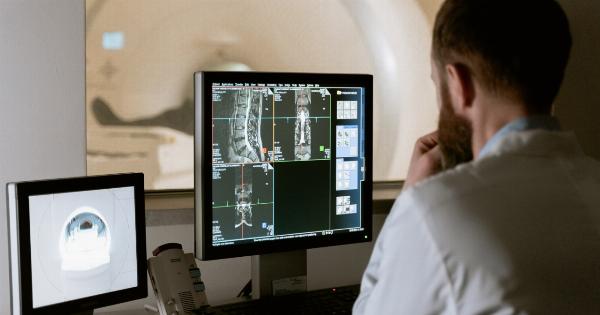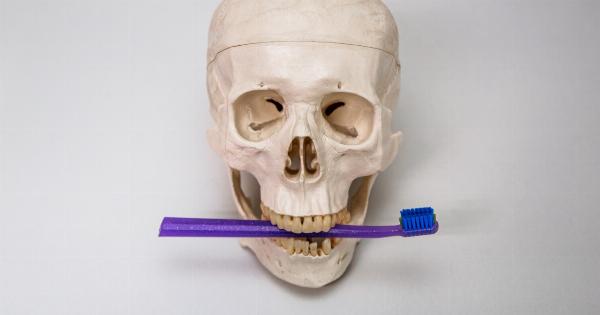Fractures, commonly known as broken bones, are a common occurrence throughout life. They can happen due to accidents, trauma, falls, overuse, and medical conditions that weaken bones.
Understanding bone density can help prevent fractures, promote healing, and maintain healthy bones.
What is Bone Density?
Bone density refers to the amount of mineral content, mainly calcium and phosphorus, in the bones. These minerals give bones their hardness and strength, essential for normal function and movement.
Bone density is highest in early adulthood and gradually declines with age. When bone density decreases too much, the risk of fractures increases significantly.
Factors affecting Bone Density
Several factors can affect bone density, and some of them are modifiable. If you are at risk of low bone density, addressing these factors can help prevent or slow down bone loss.
Diet
A diet lacking in calcium, vitamin D, and other essential nutrients can lead to poor bone health. Foods rich in calcium include dairy products, green leafy vegetables, nuts, and fish.
Vitamin D is essential for calcium absorption, and the primary source is sunlight. Other sources include fatty fish, egg yolks, and fortified foods.
Physical activity
Weight-bearing exercises such as walking, jogging, dancing, and weightlifting can help strengthen bones. Sedentary lifestyle, on the other hand, is a risk factor for low bone density.
Smoking and alcohol use
Cigarette smoking is detrimental to bone health, and long-term use can lead to bone loss. Similarly, excessive alcohol intake can interfere with bone formation and increase the risk of fractures.
Medical conditions and medications
Several medical conditions can affect bone density, such as rheumatoid arthritis, hyperthyroidism, and certain cancers. Some medications, such as glucocorticoids for asthma and rheumatoid arthritis, can lead to bone loss.
Types of Fractures
Fractures can occur in any bone in the body and range from mild to severe, depending on the force of the injury.
Stable fracture
A stable fracture is a mild disruption where the broken ends of the bone remain in place, and the bone is still mostly intact. Treatment usually involves immobilization with a cast or brace until the bone heals.
Open or compound fracture
An open fracture is when the broken bone protrudes through the skin, increasing the risk of infection. Treatment involves cleaning the wound and stabilizing the bone with surgery or external fixation.
Comminuted fracture
A comminuted fracture occurs when the bone breaks into several pieces. Treatment involves surgery to realign the bone and stabilize it with hardware such as plates, screws, or pins.
Greenstick fracture
A greenstick fracture is a partial break in a long bone, commonly seen in children as their bones are still developing. Treatment usually involves immobilization with a cast until the bone heals.
Diagnosis and Treatment of Fractures
If you experience a fracture, seek medical attention promptly. The doctor will evaluate the extent of the injury and recommend appropriate treatment.
X-rays
X-rays are the primary diagnostic tool for fractures and can show the location, extent, and severity of the injury.
Non-surgical Treatment
Non-surgical treatments include immobilization with a cast, brace, or sling, and pain relief medication. Depending on the type and extent of the fracture, healing can take anywhere from a few weeks to several months.
Surgical Treatment
Surgical treatment involves realigning the bone and stabilizing it with hardware such as plates, screws, or pins. This type of treatment is necessary for complex fractures, open fractures, or fractures that fail to heal with non-surgical treatment.
Prevention of Fractures
Preventing fractures involves maintaining healthy bones and reducing the risk of falls.
Eating a healthy diet
Adequate intake of calcium and vitamin D is essential for healthy bones.
Physical activity
Regular weight-bearing exercises can help strengthen bones and reduce the risk of falls.
Falls prevention
Simple changes in the home environment, such as removing tripping hazards, improving lighting, and installing grab bars and handrails, can help prevent falls.
Medical management
If you have a medical condition that weakens bones or take medications that increase the risk of fractures, talk to your doctor about ways to prevent bone loss and reduce the risk of falls.
Conclusion
Fractures are common and can occur throughout life. Bone density plays a significant role in fracture risk, and several factors can affect it.
Understanding the different types of fractures and their treatment options can help you receive prompt treatment and achieve optimal healing. Preventing fractures involves maintaining healthy bones and taking measures to reduce the risk of falls.































